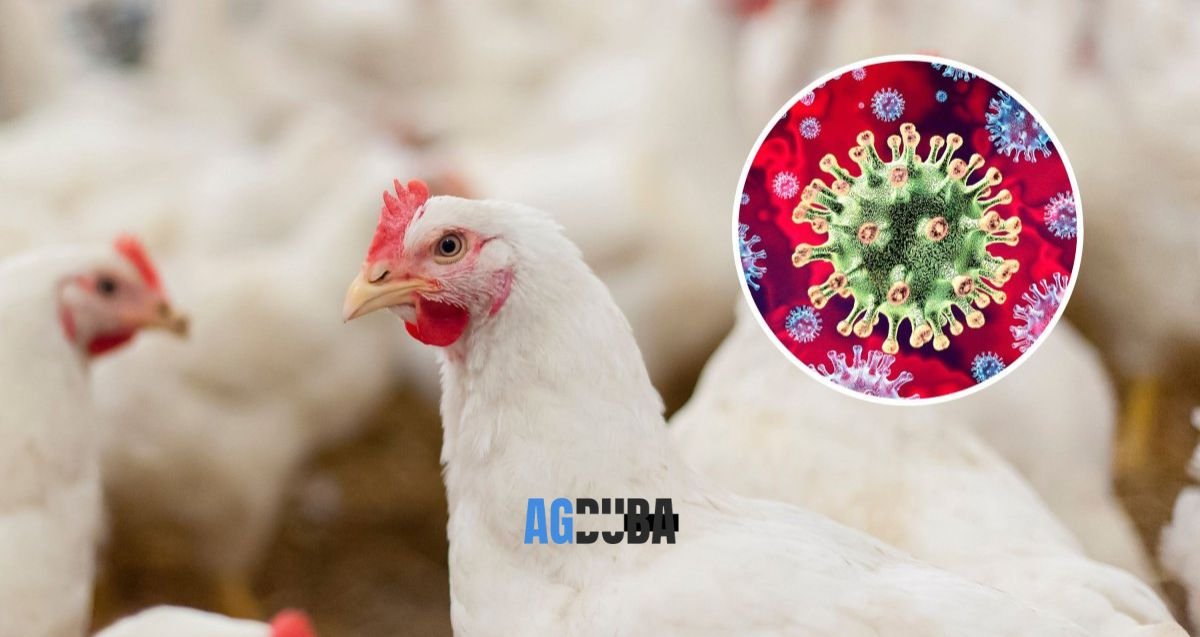Avian influenza, commonly known as bird flu, has long been a major concern for poultry industries worldwide, especially regarding its potential to spread among farmworkers. Recently, new research suggests that bird flu infections in farmworkers are often going undetected, posing serious risks to both workers and broader public health. This article examines the findings, explores why detection rates are low, and offers insights into preventive measures that can help mitigate this issue.
Table of Contents
What Is Bird Flu and How Does It Spread?
Bird flu is caused by various strains of avian influenza viruses that primarily infect birds but can sometimes infect humans, particularly those who work closely with poultry. The most dangerous strain for humans, H5N1, has been known to cause severe respiratory infections. Transmission typically occurs through direct contact with infected birds, their droppings, or contaminated surfaces, making farmworkers especially vulnerable to the virus.
Bird flu infections in humans can range from mild to severe, with symptoms including fever, cough, sore throat, and muscle aches. In severe cases, it can lead to pneumonia, acute respiratory distress, and even death. The close interaction between humans and birds on farms is what increases the risk of transmission, making the need for effective detection and prevention critical.
Why Are Bird Flu Infections in Farmworkers Going Undetected?
Lack of Symptoms or Mild Symptoms
One of the primary reasons why bird flu infections in farmworkers often go undetected is the nature of the symptoms. Many infected individuals may experience only mild symptoms or none at all, making it difficult for them to recognize the infection. Without clear symptoms, farmworkers may not feel the need to seek medical attention, resulting in undetected cases.
Limited Testing and Monitoring
Despite the high risk of infection, there is limited routine testing for bird flu among farmworkers in many areas. This lack of proactive testing means that mild or asymptomatic cases may go unnoticed. Testing resources in rural farming communities can be sparse, and many testing protocols prioritize symptomatic individuals, which further contributes to undetected cases.
High-Risk Environment with Insufficient Protection
The working conditions of farmworkers also contribute to the problem. Farms with large poultry populations and close quarters increase the likelihood of virus transmission. Additionally, many farmworkers may not have access to or may not consistently use personal protective equipment (PPE), such as masks and gloves, which are crucial for preventing the spread of bird flu.
The Impact of Undetected Bird Flu Cases on Public Health
Undetected bird flu cases among farmworkers can have far-reaching effects on public health and biosecurity.
- Risk of Viral Mutation: Undetected cases allow the virus to persist and potentially mutate. When viruses spread unchecked, they may develop adaptations that allow for human-to-human transmission, increasing the risk of a pandemic.
- Occupational Health Risks: Farmworkers with undetected infections may unknowingly spread the virus to coworkers and family members, especially if they live in close quarters with others.
- Strain on Healthcare Systems: In the event of an outbreak, undetected cases can lead to delayed responses and strained healthcare resources. Early detection is key to effective treatment and containment, minimizing the impact on public health systems.
- Economic Impact on the Poultry Industry: Widespread bird flu infections can lead to culling and other measures to control the outbreak, resulting in significant financial losses for the poultry industry.
Preventive Measures to Address Undetected Bird Flu Cases
Preventing undetected bird flu cases requires a multi-faceted approach involving government agencies, farm owners, and farmworkers. Here are some key preventive measures:
Enhanced Screening and Surveillance
Regular and accessible testing for farmworkers, especially in areas with high bird flu outbreaks, is crucial. Health authorities should work with farm owners to implement regular screening protocols for workers, including both symptomatic and asymptomatic cases. Mobile health units can be deployed in rural areas to provide easy access to testing for farmworkers.
Improved Education and Training
Educating farmworkers about the risks and symptoms of bird flu, even when mild, can encourage them to seek testing or medical assistance if they suspect an infection. Training sessions on safe handling practices, hygiene, and proper use of PPE can help farmworkers protect themselves from infection.
Proper Use of Personal Protective Equipment (PPE)
Farmworkers should be provided with adequate PPE, including masks, gloves, and protective clothing, to minimize exposure to the virus. Consistent use of PPE can reduce the likelihood of transmission and help contain potential outbreaks. Employers can play a role by ensuring the availability of quality PPE and enforcing its usage among workers.
Improving Living and Working Conditions
Reducing overcrowding in both work and living environments can also lower the transmission risk. Additionally, increasing ventilation and implementing regular disinfection protocols can help prevent virus buildup in high-risk areas. Policies that allow sick workers to take time off without fear of income loss can also encourage early reporting of symptoms.
Global Implications and the Role of Government and Health Agencies
Addressing undetected bird flu infections in farmworkers is not only a national concern but also a global priority. Organizations like the World Health Organization (WHO) and the Centers for Disease Control and Prevention (CDC) play a crucial role in establishing guidelines for managing and preventing bird flu outbreaks.
Strengthening International Collaboration
International collaboration can ensure that countries are better prepared for bird flu outbreaks. Sharing data, research findings, and best practices can help countries improve their detection and response capabilities, particularly in rural and underserved areas.
Funding for Research and Vaccine Development
More funding is needed for the development of vaccines that can protect humans from avian influenza strains. Research into universal influenza vaccines, which could provide protection against multiple strains, is essential for pandemic preparedness.
Conclusion
Bird flu infections in farmworkers present an ongoing challenge for public health and the poultry industry. The undetected nature of these infections highlights a gap in current health surveillance and preventive measures. By implementing improved testing, education, PPE usage, and workplace safety protocols, stakeholders can work together to reduce the risks posed by bird flu.
Increased awareness and action are essential for safeguarding both the health of farmworkers and the public. Governments, healthcare organizations, and the agricultural sector must collaborate to address these challenges, ensuring a healthier, more secure environment for those on the frontlines of food production.
For further reading, please visit reputable sources like the CDC and the WHO, which provide detailed information on avian influenza and preventive guidelines for at-risk populations.












